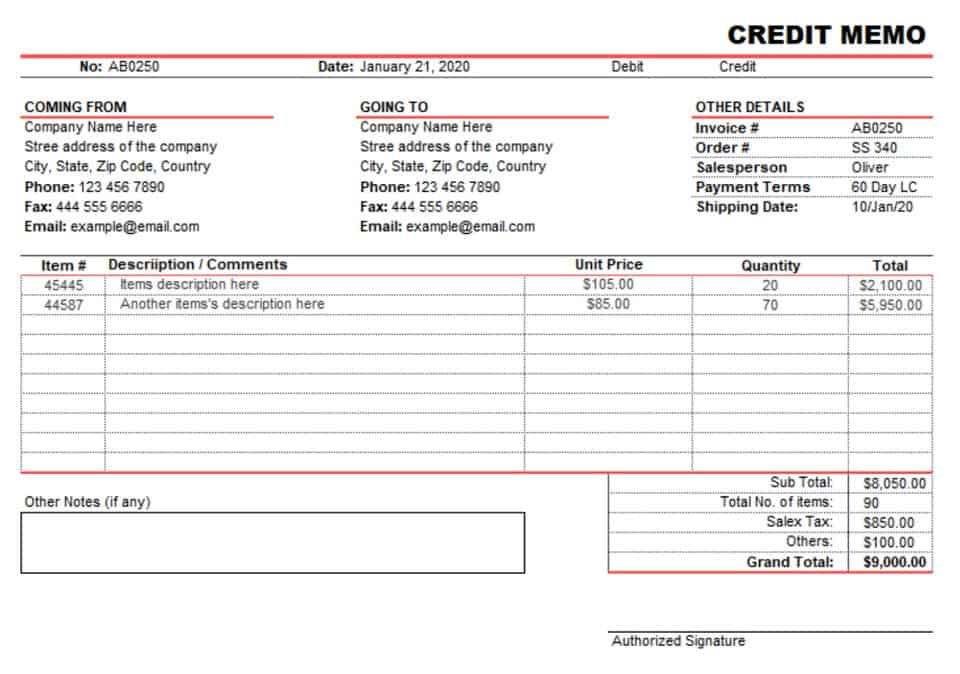
In addition, the company’s definitions for non-GAAP financial measures may differ from similarly titled measures used by other companies or analysts. MFC’s net sales in the second quarter of 2024 increased $347 million, or 13%, compared to the same period in 2023. Aeronautics’ net sales in the second quarter of 2024 increased $402 million, or 6%, compared to the same period in 2023. Net earnings for the quarter ended June 30, 2024 include $79 million ($63 million, or $0.26 per share, after-tax) of net non-operational charges, including Impairment and severance charges described above.
Great! The Financial Professional Will Get Back To You Soon.
Similarly, in case your company incurs a net loss in the current accounting period, it would reduce the balance of retained earnings. Since all profits and losses flow through retained earnings, any change in the income statement item would impact the net profit/net loss part of the retained earnings formula. The balance sheet was prepared using the report form and was not classified. In this section, we will continue to use Printing Plus’s Adjusted Trial Balance as of January 31, 2019, but this time we will prepare a classified balance sheet using the account form.
Retained Earnings: Everything You Need to Know for Your Small Business

A business entity can have a negative retained earnings balance if it has been incurring net losses or distributing more dividends than what is there in the retained earnings account over the years. After adding the current period net profit to or subtracting net loss from the beginning period retained earnings, subtract cash and stock dividends paid by the company during the year. In this case, Company A paid out dividends worth $10,000, so we’ll subtract this amount from the total of Beginning Period Retained Earnings and Net Profit. The normal balance in a company’s retained earnings account is a positive balance, indicating that the business has generated a credit or aggregate profit. This balance can be relatively low, even for profitable companies, since dividends are paid out of the retained earnings account.
Create a Free Account and Ask Any Financial Question
- Therefore, a company with a large retained earnings balance may be well-positioned to purchase new assets in the future or offer increased dividend payments to its shareholders.
- Aeronautics’ operating profit in the second quarter of 2024 increased $33 million, or 5%, compared to the same period in 2023.
- This helps complete the process of linking the 3 financial statements in Excel.
- It’s important to note that retained earnings are cumulative, meaning the ending retained earnings balance for one accounting period becomes the beginning retained earnings balance for the next period.
- MYOB lets you automate tedious daily tasks, provides insight into your business’s financial health, keeps you compliant with Australian tax regulations, and ultimately helps you ditch the spreadsheets.
- Finally, provide the year for which such a statement is being prepared in the third line (For the Year Ended 2019 in this case).
Many firms restate (or adjust) the balance of the retained earnings (RE) account as they record the effects of events that have their origins in earlier reporting periods. Regarding the final point, it is notable that, in general, newly established companies have low profitability, while longstanding companies have greater chances of establishing a high rate of dividend as their retained earnings are higher. A company’s management team always makes careful and judicious decisions when it comes to dividends and retained earnings. The last two are related to management decisions, wherein it is decided how much to distribute in the form of a dividend and how much to retain.

Retained earnings, shareholders’ equity, and working capital
- There is no change in the company’s equity, and the formula stays in balance.
- Alternatively, companies take the net income for the period to the retained earnings account first.
- As an important concept in accounting, the word “retained” captures the fact that because those earnings were not paid out to shareholders as dividends, they were instead retained by the company.
- They are typically highly illiquid, meaning these assets cannot easily be converted into cash and are capitalized for accounting purposes.
The starting point for understanding liquidity ratios is to define working capital—current assets minus current liabilities. Recall that current assets and current liabilities are amounts generally settled in one year or less. Working capital (current assets minus current liabilities) is used to assess the dollar amount of assets a business has available to meet its short-term liabilities. A positive working capital amount is desirable and indicates the business has sufficient current assets to meet short-term obligations (liabilities) and still has financial flexibility. A negative amount is undesirable and indicates the business should pay particular attention to the composition of the current assets (that is, how liquid the current assets are) and to the timing of the current liabilities. It is unlikely that all of the current liabilities will be due at the same time, but the amount of working capital gives stakeholders of both small and large businesses an indication of the firm’s ability to meet its short-term obligations.

A surplus in your net income would result in more money being allocated to retained earnings after money is spent on debt reduction, business investment or dividends. Any factors that affect net income to increase or decrease will also ultimately affect retained earnings. You’ll want to find the financial statements section of a company’s annual report in order to find a company’s retained earnings balance and all the supporting figures you’ll need to complete the calculation. When the Retained Earnings account has a debit balance, a deficit exists. A company indicates a deficit by listing retained earnings with a negative amount in the stockholders’ equity section of the balance sheet. The firm need not change the title of the general ledger account even though it contains a debit balance.
MYOB’s accounting software can help streamline bookkeeping, allowing you to focus on greater business opportunities. While a company often saves retained earnings to roll over into the new fiscal year, retained earnings can also be spent on reinvestments. Manage complex financials, retained earnings current or noncurrent inventory, payroll and more in one secure platform. Finance Strategists is a leading financial education organization that connects people with financial professionals, priding itself on providing accurate and reliable financial information to millions of readers each year.
Retained earnings are a good source of internal finance used by all organizations. The process of retaining earnings is also known as “plowing back profits.” It can go by other names, such as earned surplus, but whatever you call it, understanding retained earnings is crucial to running a successful business. The first part of the asset definition does not recognize retained earnings. Secondly, retained earnings are economic benefits that have already occurred. Organizing your expenses into specific budget categories helps you prepare for a smooth tax filing season and make more informed business decisions.
Why Is Accounts Payable a Current Liability?

In fact, both management and the investors would want to retain earnings if they are aware that the company has profitable investment opportunities. And, retaining profits would result in higher returns as compared to dividend payouts. Retained earnings represent the portion of the net income of your company that remains after dividends have been paid to your shareholders. That is the amount of residual net income that is not distributed as dividends but is reinvested or ‘ploughed back’ into the company.
Similarly, any of these obligations that companies must repay within 12 months are current liabilities. Usually, these include special dividends that differ from the year-end allotments. In the above formula, companies may either have profits or losses during a period. Retained are part of your total assets, though—so you’ll include them alongside your other liabilities if you use the equation above. First, you have to figure out the fair market value (FMV) of the shares you’re distributing. Companies will also usually issue a percentage of all their stock as a dividend (i.e. a 5% stock dividend means you’re giving away 5% of the company’s equity).
